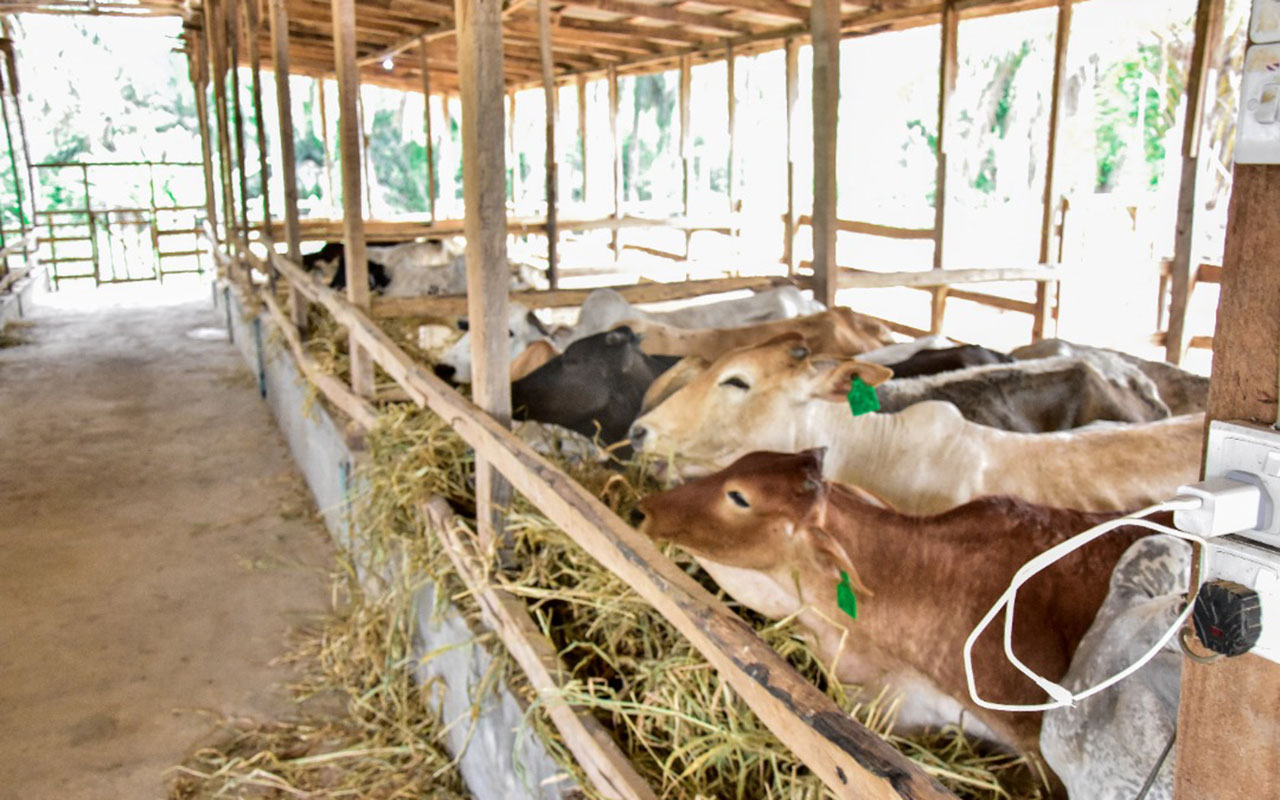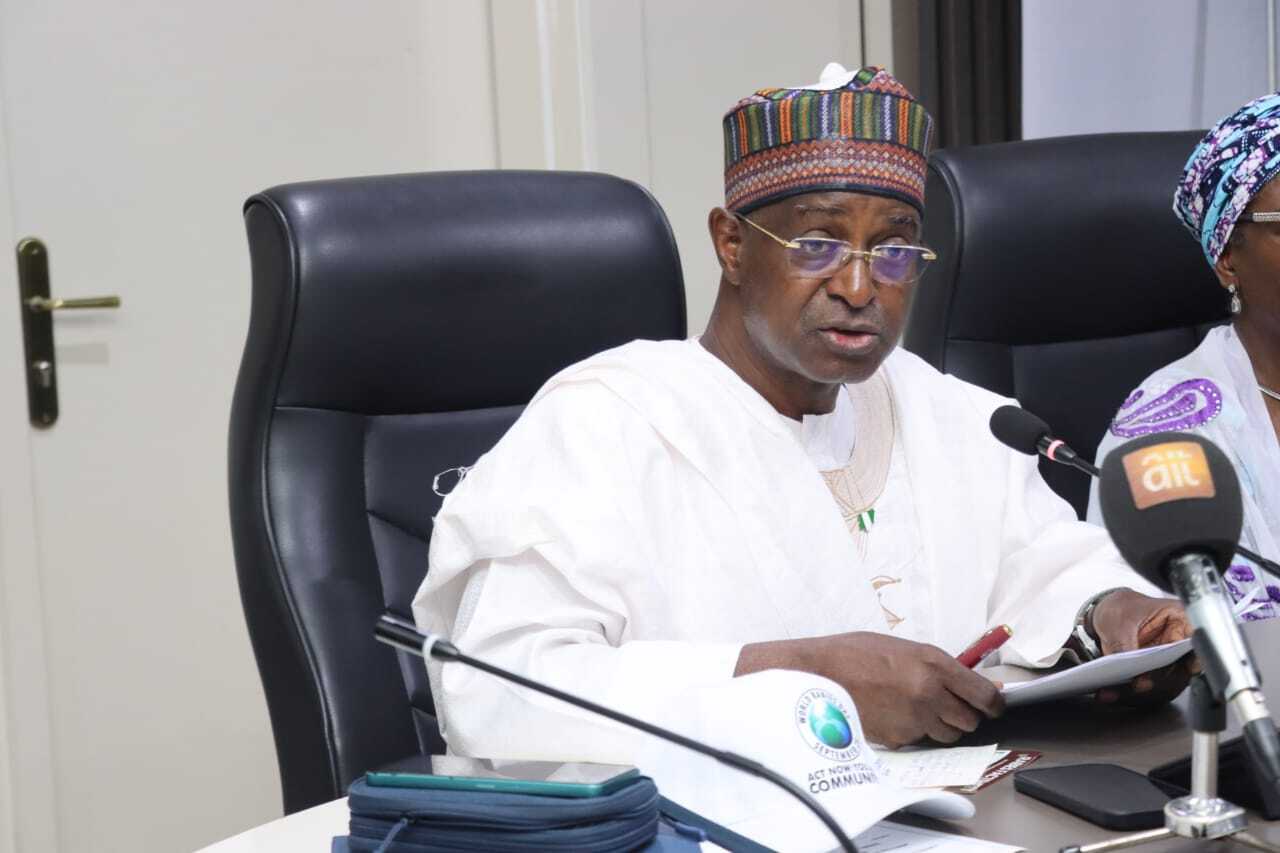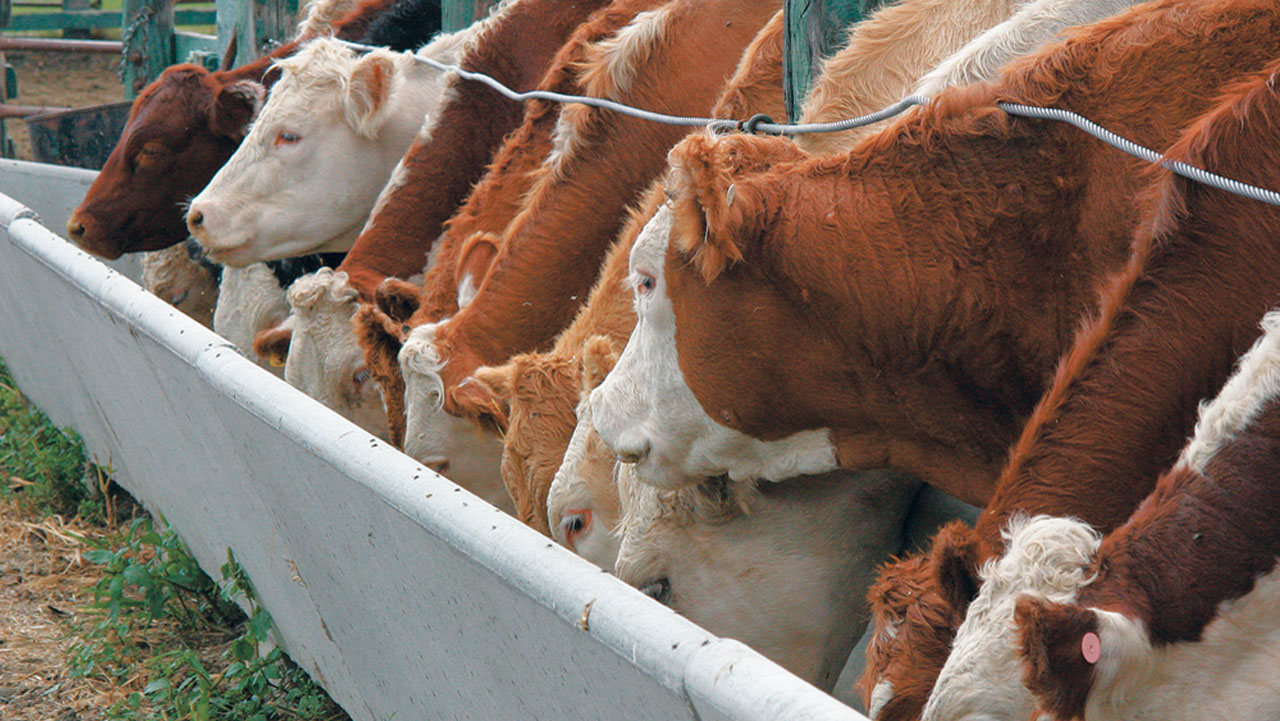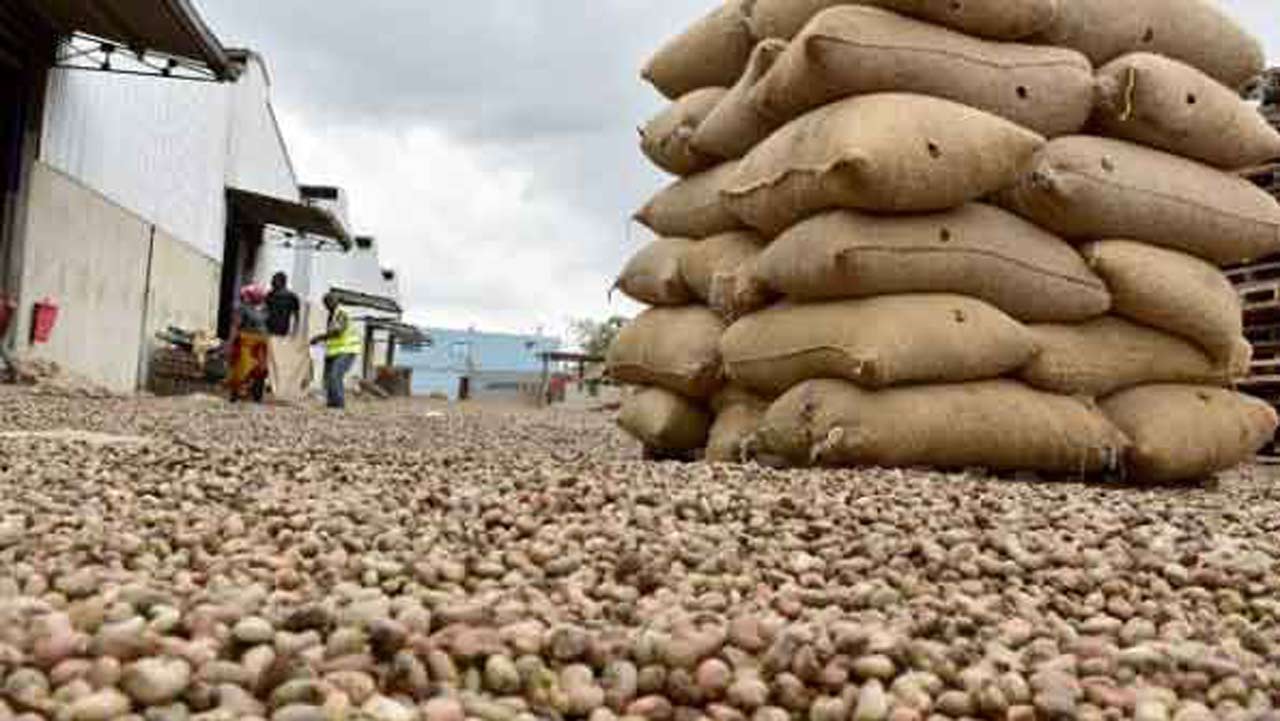
May Establish Livestock And Fisheries Development Ministry
In a bid to find a lasting solution to the lingering farmers/herders conflicts that has negatively impacted the agriculture sector, Nigeria is set to raise over N2.5tr, within the next five years on investment in the livestock sector of the economy.
It is expected that the Federal Government will provide at least N312.47b to kick start the reform within the period after which a review of progress and funding would be expected.
The country’s estimated population of various species of livestock resources is 21.2 million cattle, 48.6million sheep, 76.3 million goats, 163 million chickens and 8.1 million pigs, just as the sub-sector, which consists of both commercial and indigenous animals is conservatively valued at over N50tr and accounts for about 25 percent and 5.8 percent of the country’s agricultural Gross Domestic Products (GDP) and national GDP, respectively.
The proposed expenditure is part of the blueprint for promoting sustainable livestock reforms and mitigation of associated conflicts in Nigeria, recently presented to President Bola Ahmed Tinubu by a team of experts and technocrats led by the National Chairman of the ruling All Progressives Congress (APC), Dr Abdullahi Umar Ganduje at the presidential villa in Abuja.
It is expected that the funding will be drawn from yearly budgets and statutory contributions from key revenue generating ministries, departments and agencies (MDAs), such as the natural resources fund, and Central Bank of Nigeria (CBN), support from local and international investors and other related sources.
The Federal Government is billed to create a coordinated funding mechanism through synergy among the key MDAs to be involved in the implementation of the initiatives as the Federal Ministry of Agriculture or the Ministry of Livestock Development (when established) will be expected to lead the initiative.
The main sources of funds at the federal level will be from statutory federal budget of relevant MDAs, special grants to support the initiatives from the Agricultural Development Fund; Ecological Fund, the Natural Resources (Development) Fund, the Universal Basic Education Fund. Tertiary Education Fund (TETFund); Development Bank of Nigeria; and credit financing facilities from Bank of Agriculture (BoA), Bank of lndustry (BoI), Nigeria Incentive-Based Risk Sharing system for Agricultural Lending (NIRSAL) and other statutory credit facilities,
It includes constituency projects funds from the National Assembly, Credit facilities secured by the government from the International Monetary Fund (IMF), Word Bank, Africa Development Bank, Islamic Development Bank, etc and other Federal Government special funding.
The funding from the states is to be sourced from the following: Statutory State budget of relevant MDAs, Special Grants by the State Government to support the interventions, Credit facilities secured by the State Government from IMF, World Bank, African Development Bank, Islamic Development Bank, commercial banks, etc, Statutory contributions by Local Councils towards provision of infrastructure, services, etc in accordance with their mandate.
Part of the recommendations being considered by President Tinubu is the urgent need to establish the Federal Ministry of Livestock and Fisheries Department as part of strategies to ensure sustainable reform of livestock production systems, including mitigation measures to minimise associated conflicts.
It also called on the National Assembly to review the Acts establishing the National Animal Production Research Institute (NAPRI) and the National Veterinary Research Institute (NVRI).
Strategies aimed at repositioning the livestock sector includes review of laws and regional conventions, reforming transhumance livestock production to intensive system, improving production and productivity, conflict mitigation and resolution, effective management of communication and the review of national policies and programmes, institutional capacity building and coordination.
On the FECOWAS Protocol on Transhumance, it was observed that: “The implementation of the protocol regarding the movement of pastoralists across Nigeria’s borders has been contentious in the country with varying perspectives of its impact on harmonious relations among farmers and pastoralists.
The 26-member Committee headed by Professor Attahiru Jega, former Vice Chancellor, Bayero University, Kano, and former Chairman of Independent National Electoral Commission (INEC) in the 53 pages blueprint, among others, stressed the need for a conscious review of legislations, protocols and communal conventions with a view of finding an amicable solution that would allow livestock movements with lesser conflicts.
On settlement Schemes for Migratory Pastoralists, the experts which includes the practitioners in the field of agricultural development, value chain specialists and researchers in diverse fields of animal production counseled the authorities thus: “Predominantly nomadic pastoralists should be persuaded to move their cattle into established ranches and public grazing reserves, where breeding farms and other mechanised livestock management practices would bolster the sector’s productivity.
“A well laid out programme is required for this through establishment of sown pastures to rehabilitate the rangelands and provide feed for the animals. Revitalisation of moribund grazing reserves through provision of basic education facilities, Primary health Centres, boreholes to provide water, and access/feeder roads will be needed to enable the pastoralists transit from the full extensive to semi-extensive and finally to ranching system of production.
“The rehabilitation of each grazing reserve should be embarked upon to accommodate as many transhumance pastoralists as the carrying capacity can accommodate. A target of 50,000 Tropical Livestock unit (TLU) of animals (combining cattle, sheep and goats) per grazing reserve per year for the first five years should be targeted for a start.
“Thus 2,500,000 TLUs can be settled under this scheme within the large 100 grazing reserves for a start. Another 2,500,000 settle in the small grazing reserves taking account their A carrying capacities and infrastructural development. Starter packs with a land allocation for housing and crop farming need to be provided. Thus, a total of 5,000,000 TLUs would be managed under the grazing reserves.”
The blueprint called for support to victims of cattle rustling and banditry to rebuild their herds by providing necessary relief and rehabilitation to rebuild their livelihood and livestock rearing.
“A support intervention Programme: is therefore necessary to be implemented in six states that have suffered the most casualties and losses due cattle rustling and banditry attacks.
“A Programme targeting 1,000 victims per state can be supported with a rehabilitation starter pack of five cows and one bull, basic housing, feed supply for one year and conditional cash transfer of N10,000 per month also for one year.
“It is expected that at least one of the cows will give birth within the year and income will surely flowfrom milk sales for the family. If this is done in three cycles within five years, a total of 18,000 victims would be rehabilitated and 108,000 cattle added to the milk and beef production pool.”
The Blueprint was based on the outcome and of the recommendations of the National Conference on Livestock Reforms and Mitigation of Associated Conflicts with the Theme: Sustainable Livestock Reforms and Mitigation of Associated Conflicts in Nigeria, held between February 13 and 15 this year, at NAF Conference Centre, Abuja.
The Conferees, which includes the Managing Director and editor-in-chief of The Guardian Newspapers, Mr Martins Oloja examined the array of issues that have stifled the growth and modernisation of the livestock industry in particular the ruminants (Cattle, Sheep and Goats), the challenges of population growth, urbanisation, economic growth, cattle rustling, banditry, and associated security challenges in addition to the endemic farmer herder conflicts.
The Blueprint also took account of previous efforts and initiatives to address the challenges of the livestock industry and the lessons learnt from such, to proffer possible solutions and interventions for more sustainable and effective reform.
The report also acknowledges the on-going interventions led by the Federal Government and integrate such programmes within the context of the solutions proffered.






